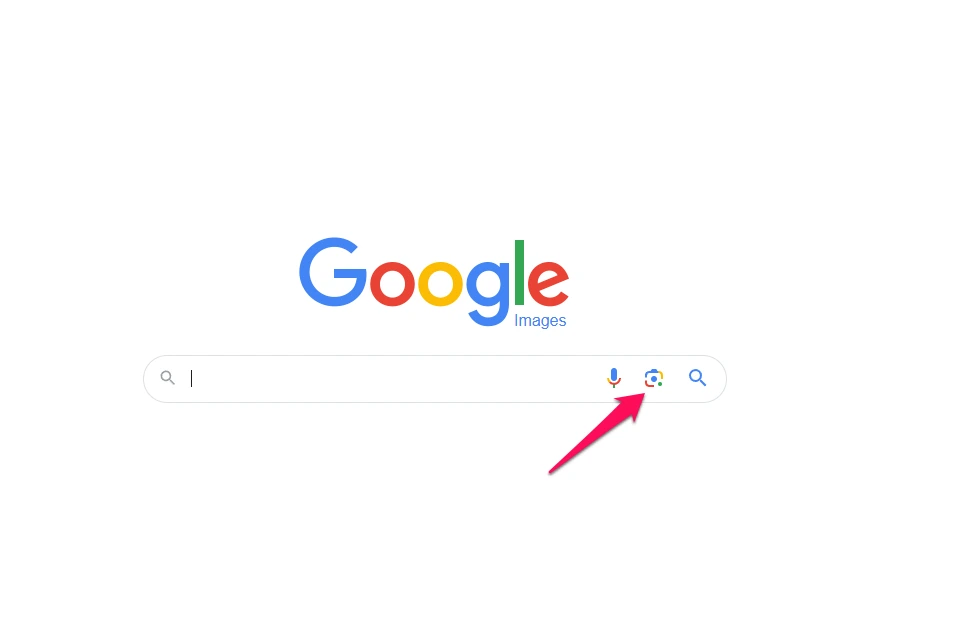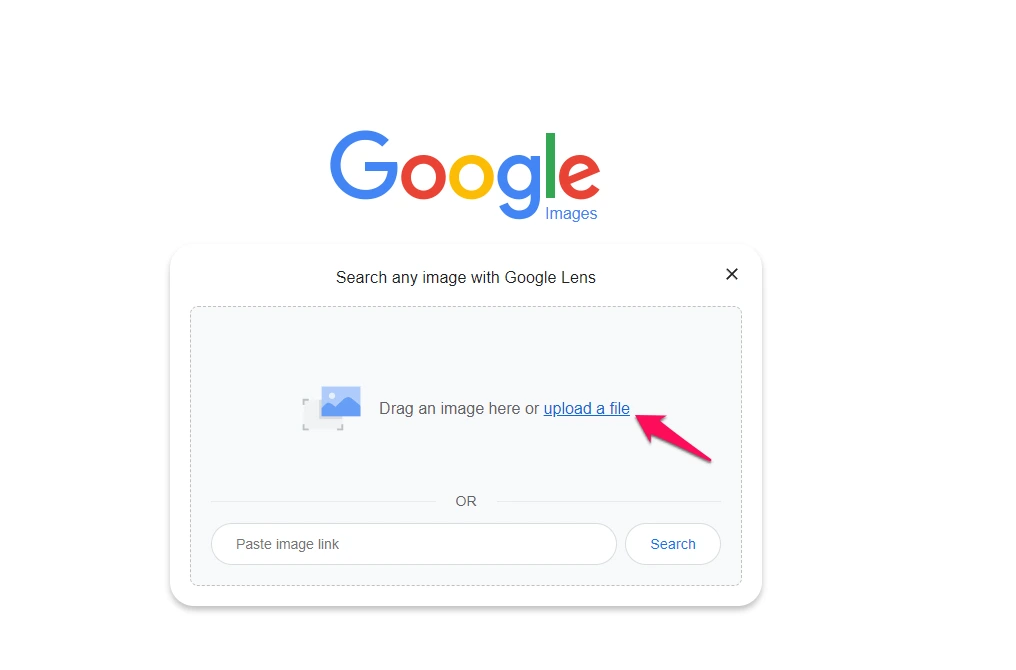In our digital world, new and sophisticated cyber threats have become a significant concern. One such threat is called “Catfishing.” Confusingly, this term has nothing to do with cats or fishing; it refers, rather, to a deceptive form of digital scamming that can have severe consequences for unwary victims.
So what exactly is catfishing? How can you identify the warning signs? And more importantly, how can you navigate online interactions safely? In this guide, we will explain the concept, and provide practical steps to avoid this threat.
Let’s get started!
What is Catfishing?
At its core, catfishing is when someone creates a fake identity online or otherwise intentionally misrepresents themselves. This behavior is often done with malicious intent.
The term originated from a 2010 documentary, which shed light on this phenomenon. The “catfish” entices their victims by spinning captivating stories, often fostering romantic relationships built on falsehoods. They may create intricate narratives about their lives, careers or personal situations that are convincing enough to make their targets believe they are genuine.
Catfish often target individuals who have been seen to be searching for love or companionship online. They take advantage of the anonymity provided by various platforms and exploit the emotional weaknesses of their targets. They then manipulate, exploit and sometimes defraud their victims.
For instance, a catfish may create a fake profile on a dating site by using stolen photos and false personal information to attract potential victims. Once they have established a relationship, they may then request money or personal information from their victim.
Is Catfishing illegal?
While catfishing itself is not illegal, the actions that arise from it can result in criminal offenses. When individuals employ deceptive practices to steal personal information, commit fraud or carry out scams, they are engaging in illegal activities.
It is important to note that laws regulating internet practices differ between countries and even regions, so what is illegal in one place might not be in another. Nevertheless, every form of fraud or identity theft is universally recognized as unlawful.
Let’s consider an example — If a catfish uses their fake profile to persuade someone into sending them money, it becomes a case of fraud. Similarly, if they can be shown to have used someone else’s photos without permission, it can lead to charges of identity theft.
Therefore, while pretending to be someone else online might not be illegal, per se, it is the malicious activities frequently associated with catfishing that are illegal. It is this blurred line that has allowed catfishing scams to proliferate in recent years.
Examples of Catfishing scams
Let’s explore a few a more examples of a catfish scam to gain a better understanding of this threat:
- The Romance Scam: This is a prevalent catfishing scenario frequently encountered on dating platforms. The catfish assumes the identity of an attractive person, initiating a romantic connection with their target. Once trust is established, they may exploit the situation by requesting financial assistance under false pretenses.
- The Celebrity Impersonation: In this case, the catfish poses as a famous person or public figure. They lure fans into believing they have direct communication with the celebrity and exploit their admiration by soliciting personal information or money.
- The Business Opportunity Scam: Here, the catfish presents themselves as a successful entrepreneur or investor. They entice their target with an irresistible business opportunity that requires an initial investment. However, once they receive the funds, they vanish without a trace.
Keep in mind that these examples only scratch the surface of potential scenarios. Catfish are skilled at manipulating emotions and circumstances for their own express gain.
What does it mean to be catfished?
Being catfished entails falling victim to a deceptive scheme where you engage in a relationship or interaction based on false pretenses, usually facilitated through online platforms.
I’m a case of catfishing, the person you’re connecting with is not who they claim to be. They have created a false identity, including their name, photo, personal information and life experiences. Their intention is to deceive you and exploit you in some way.
As a victim of catfishing, you may experience a range of emotions such as shock, betrayal, embarrassment and heartbreak. Financial loss is also common if the catfish manipulates you into giving them money.
Signs you’re being catfished
Now that you understand what catfishing is and some examples of how it may be put to use, let’s go over the potential signs of the practice that should raise red flags in any online interaction:
- Seems too good to be true: Their profile seems flawless and their photo could easily pass as a professional model’s portfolio. If something feels too perfect, chances are it’s not genuine.
- Avoids meeting or video calls: Despite having extensive interactions with them, they always find excuses to avoid meeting in person or having video calls.
- Rushes into a Relationship: They express intense emotions or discuss serious commitments at an early stage of the relationship.
If someone asks you for money, they might come up with a story of hardship or a sudden personal crisis and request your financial assistance. Be cautious if their stories about their life, work, family or past seem vague, contradictory or inconsistent.
Additionally, if someone avoids sharing personal information and evades answering personal questions, it should be a red flag.
How to know if you’re being catfished using reverse image search
Another way to determine the authenticity of an individual is to do what’s called a reverse image search on Google. This powerful tool allows you to check if the pictures you received from someone are real, or simply copied off the Internet.
Here’s how to do it:
- Save the image you want to search on your device.
- Go to the Google Images website at https://images.google.com/.
- Click on the camera icon in the search bar.

- Select the “upload a file” option.

- Navigate to the saved image on your device and select it for upload. Google will process the image and provide you with results.
- Review these results carefully. If the image is scattered across unrelated sources or linked to different names, there’s a possibility that you might be dealing with a catfish.
Furthermore, conducting a reverse image search can uncover whether the image is a stock photo or sourced from a modeling website, both of which are commonly exploited in catfishing scams.
Of course, a reverse image search isn’t fool proof and shouldn’t be the sole method to determine if someone is a catfish. However, it can offer valuable insights and help you make informed decisions in your online interactions.
How to avoid catfishing scams
Now that we’ve covered how to identify catfishing signs, let’s delve into strategies for protecting yourself against these scams. Successfully avoiding this threat necessitates remaining vigilant and skeptical when it comes to interacting with new people online.
Here are some practices that’ll help keep you safe from catfish scams:
- Never take anything at face value. Always question the authenticity of individuals you encounter online, particularly if they seem too good to be true. Even if they appear genuine, it’s advisable to exercise caution until their identity has been verified.
- Research. Take some time to search online and gather information about the person you’re interacting with. Check for their name, background and any claims they’ve made. Make sure to cross check the information they’ve shared with you.
- Keep personal information private. It’s important to safeguard your personal details when interacting with someone you’ve met online. Avoid sharing sensitive information like your address, social security number or bank details, especially if it’s early in your relationship.
- Report suspicious behavior: If you suspect that someone might be pretending to be someone else (a catfish), it’s crucial to report them to the platform you’re using. Taking this step can help prevent them from scamming others in the future.
- Only use trusted platforms. When engaging in online dating or social networking, opt for platforms that have implemented identity verification measures. While these measures aren’t foolproof, they provide an extra layer of security.
- Seek input from friends or family: Sometimes an outside perspective can be helpful in identifying potential red flags that you might have missed.
One excellent example of a social network that actively combats catfishing is Bumble. This platform requires users to undergo a photo verification process before they can begin matching with others.
FAQs
Is it illegal to catfish on social media?
Yes, catfishing can be illegal, depending on the specific circumstances. While simply creating a fake online persona is not inherently unlawful, it is if used to defraud another person.
What should I do if someone catfished me?
If you suspect that you have been catfished, cease all communication with the other party. Furthermore, report their actions to the relevant social media or dating platform and consider contacting local law enforcement if you have experienced financial loss or received threats.
Can I sue someone for catfishing?
Although it is possible to take legal action against someone who has catfished you, pursuing such a course of action can be quite a challenge. You would need substantial evidence regarding the person’s true identity and their deliberate intent to deceive you.
